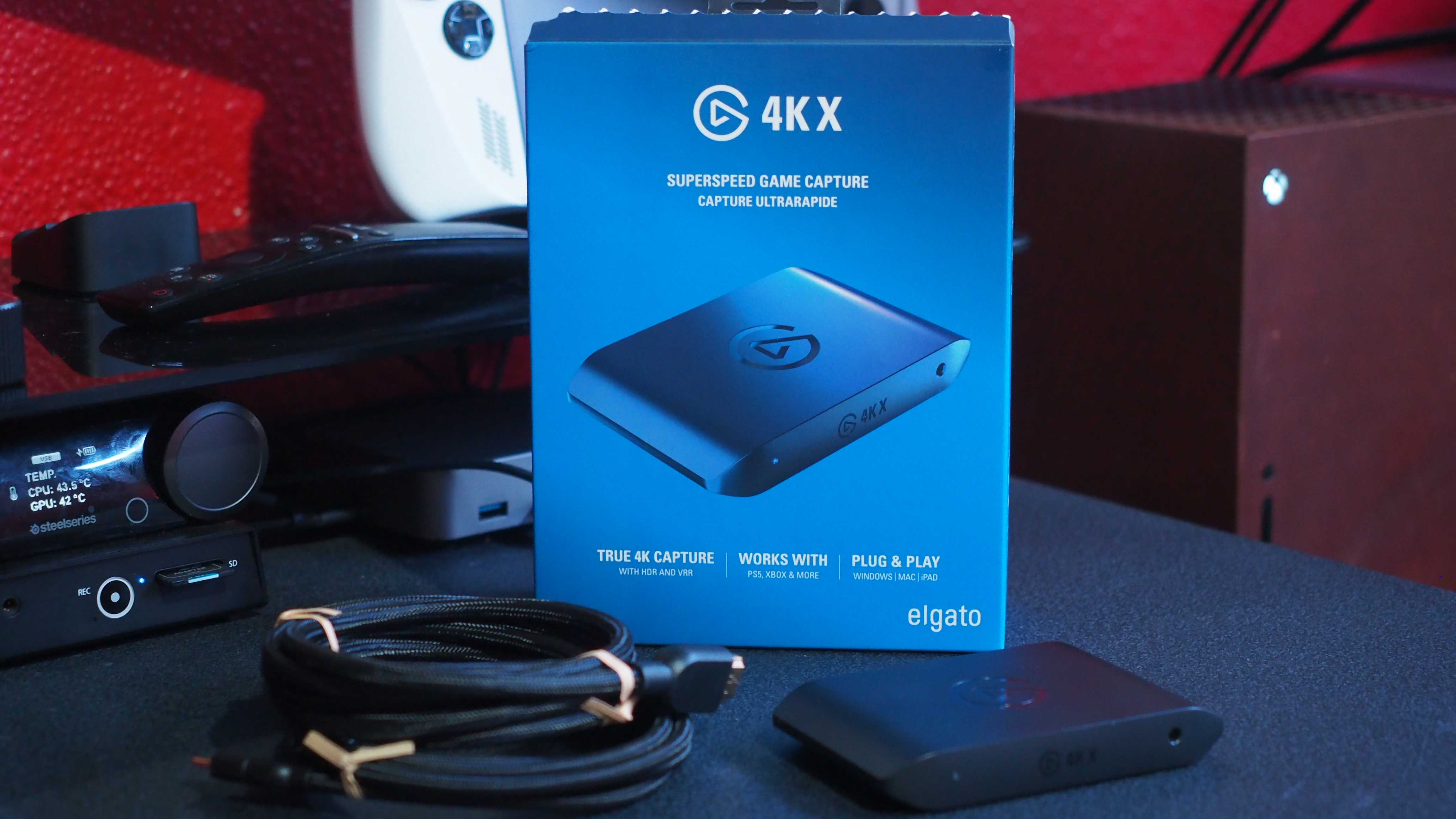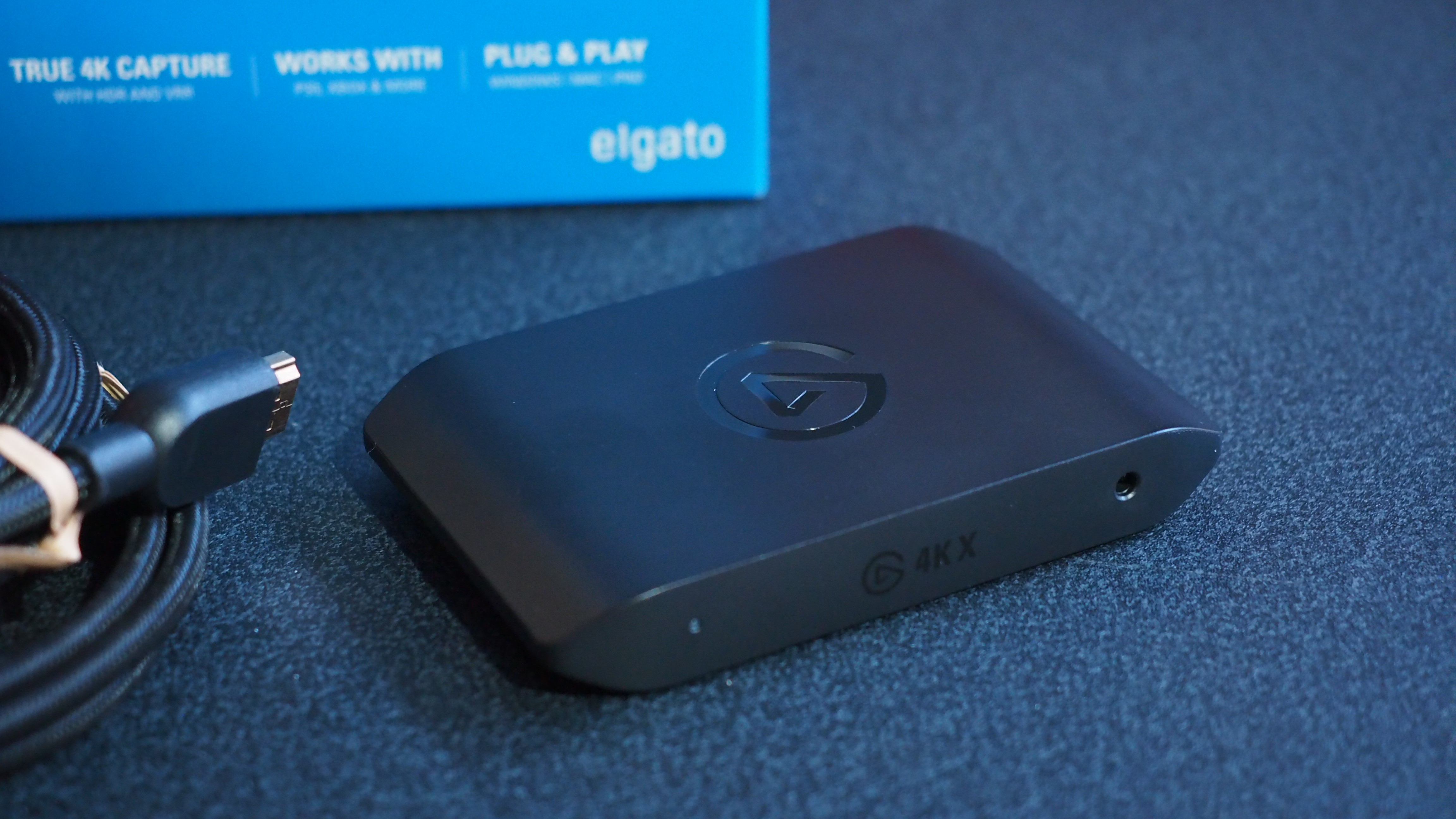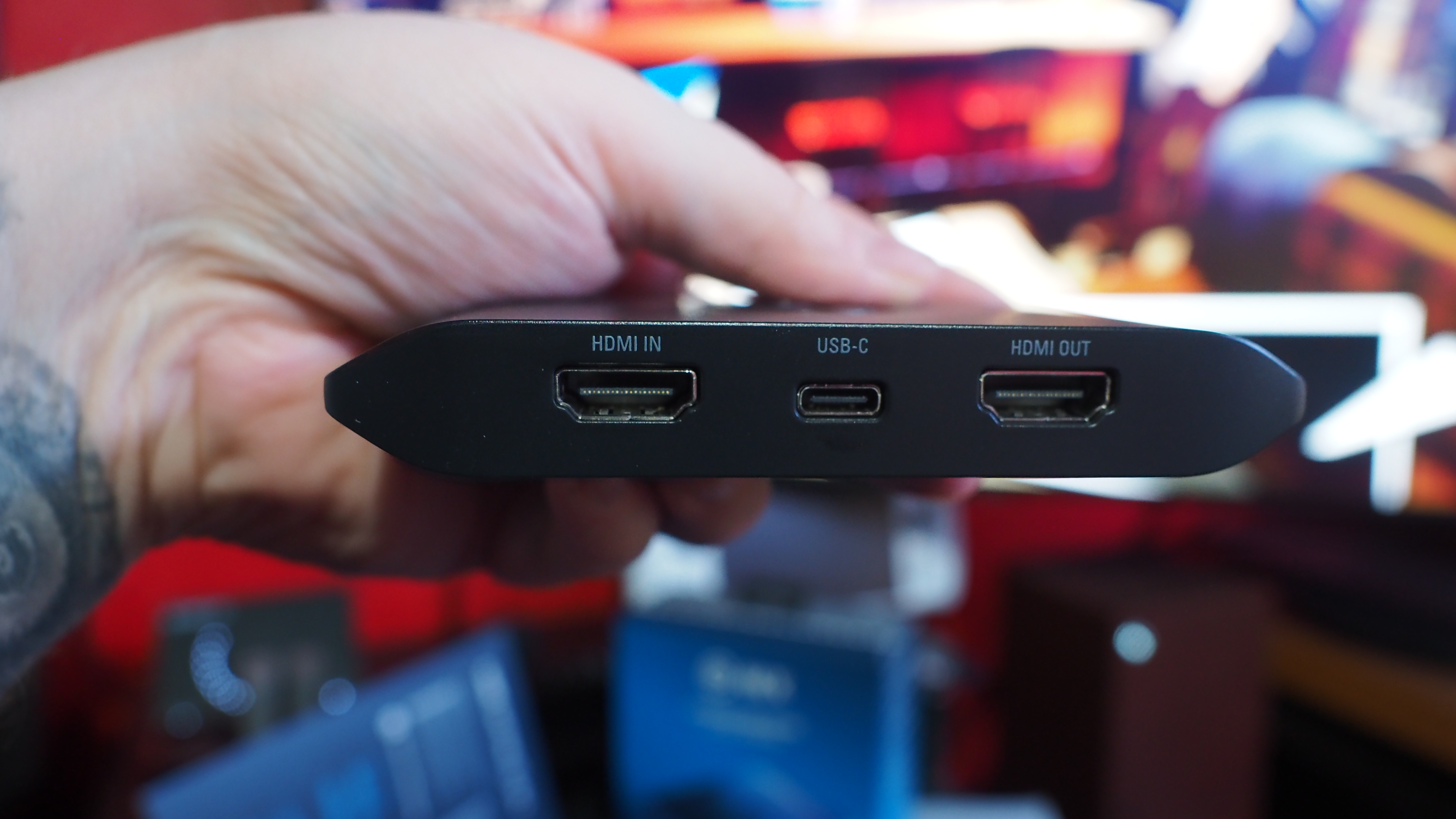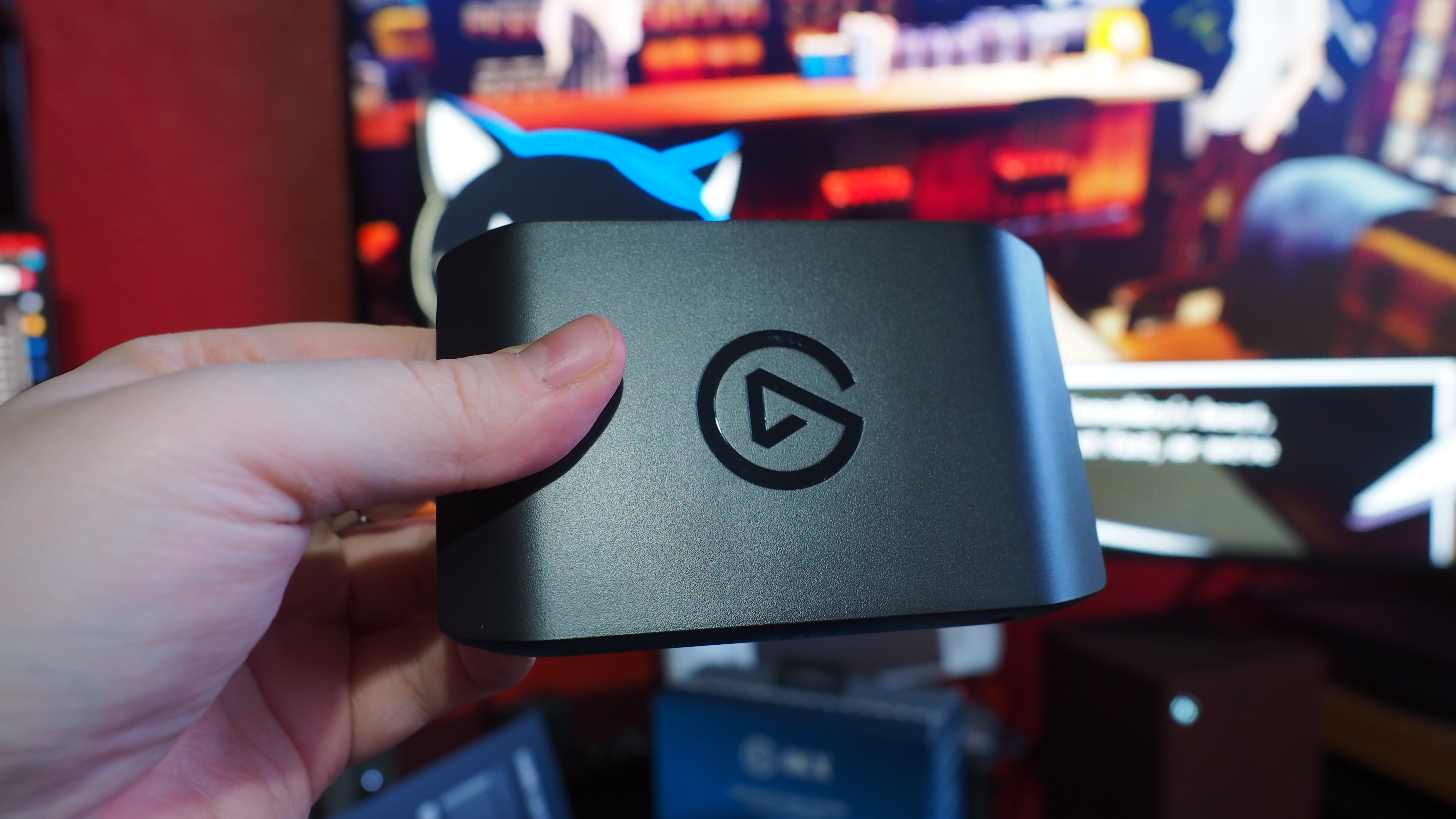The Elgato 4K X is the company’s latest external capture card that brings with it a number of key improvements, including support for recording up to 4K 144Hz along with VRR and HDR10 content. I’ve been an avid Elgato user for a number of years, so when the opportunity came up to review the latest model, I jumped at the chance.
I’ve been testing the Elgato 4K X over the last week with my Xbox Series X and Windows PC, and this is my review.
This review was made possible with a review unit provided by Elgato. The company did not see the contents of the review before publishing.
Elgato 4K X: Specs & availability
The Elgato 4K X can be purchased at online retailers such as Amazon and Best Buy for around $229. It’s the most expensive external capture card in Elgato’s portfolio, chiefly because it offers the most features and capabilities.
| Category | Elgato 4K X |
|---|---|
| Ports | USB-C 3.2 Gen2, 3.5mm line-in port, HDMI 2.1 Input, HDMI 2.1 Output |
| Recording | 2160p144, 2160p30 HDR, 1440p144, 1440p60 HDR, 1080p144, 1080p120 HDR. |
| Dimensions | 112 x 72 x 18mm |
| Weight | 91g |
| Price | $229 |
Elgato 4K X: Design
The overall design of the capture card is very minimalist, which looks good on any desk. It’s an entirely plastic enclosure that’s lightweight and easy to move around. On the front is a small LED power indicator and a 3.5mm audio jack, and around the back, we have HDMI 2.1 in and out ports and a USB-C 3.2 Gen 2 port, which carries power and data from your computer to record the footage.
On the bottom of the device are two rubber feet designed to stop it from moving around on a flat surface; however, these aren’t very effective. Because of how light the Elgato 4K X is, pretty much any cable will lift it. The included HDMI cables with the 4K X are quite thick and rigid and have no trouble lifting the device. It’s not a huge issue, but it’s something to remember.
The plastic enclosure is black and picks up fingerprints like nobody’s business. Again, this is not really a problem for a capture card, but it’s something worth noting.
Elgato 4K X: Features & software
The Elgato 4K X has several improvements and new feature capabilities over previous models. First, it now supports recording VRR and HDR10 (which was possible on older cards but not at 144Hz), which is becoming increasingly common in modern video gaming. Additionally, the capture card can record streams up to 4K at 144Hz, up from 4K 120Hz on prior models. Additionally, the capture card can record 1080p at 240Hz.
The card can do this while maintaining a “lag-free” passthrough, which I can attest feels perfectly fine when playing games. I had mine acting as a passthrough between my Xbox Series X and LG CX 65-inch OLED TV, and I couldn’t notice a difference when playing games with a controller.
The capture card connects to Elgato’s 4K Capture Utility program, which is super straightforward. Just plug in the capture card, and you should be ready to go after a restart. The interface is pretty simple, with the ability to start and stop recordings along the bottom middle below the preview. By default, the app is set to “flashback” recording, which means the app is technically always recording what you’re doing, and you can quickly go back and save clips based on what has been captured.
This is great if you intend to capture random moments in video games, as it essentially acts as an off-device “Xbox Record That.” However, It takes up some extra storage space on your computer, so I usually turn it off in favor of manually hitting record when I know I want to record something.
I use the Elgato 4K X primarily to capture recordings with a PC. While it does support passthrough, I don’t usually need it. You can use the device as a single-output source, with a Windows PC mirroring its display onto the Elgato 4K X and then having another PC capture the contents. It’s a great way to record a Windows device without affecting performance, and it’s how I’ve done my Windows build video walkthroughs for many years.
I did notice that sometimes, for whatever reason, the 4K Capture Utility wouldn’t pick up the capture card. It would just say no signal or device not found, even though the Windows PC I had plugged into the capture card was able to see it. Usually, unplugging and replugging the capture card into the recording PC fixed this; if it didn’t, restarting the recording PC would.
Elgato 4K X: Should you buy?
You should buy this if …
✅ You need a powerful external capture card with lag-free passthrough at high resolution and high framerates.
✅ You don’t have a tower PC with available PCIe slots.
✅ You do have a PC with USB-C 3.2 Gen 2 ports.
You should not buy this if …
❌ You don’t want to deal with cables running from your desk to your console.
❌ You have a tower PC with PCIe slots (get an internal capture card)
The Elgato 4K X is worth every penny, as it is the ultimate external capture card on the market right now. It does pretty much everything you could want it to, from HDR10 recording to 144Hz 4K gaming. Its lag-free passthrough means you can keep it plugged in as a permanent part of your setup without any additional latency or loss of detail.








